History 410/510: Food in Chinese Culture
Winter 2005
Ina Asim
CRN
27522/27523
Office: 317 McKenzie Hall
UH 14-15:20
Phone: 346-6161
LIL 185
inaasim@darkwing.uoregon.edu
Office Hours: UH
This
is an experimental course which aims to introduce the specific role that food
plays in Chinese cultural history. The course begins with a chronological
survey (on the function of food including ritual aspects like sacrifices etc.
in Early China). In the second, topic oriented part of the course we will
look at how food and the lack thereof influenced the formation, development,
and dissemination of Chinese culture and determined politics well into the
20th century. This topical survey will include dietary rules as
well as social rules of etiquette and banqueting and regional differences
in cuisine. It will conclude with an outlook on the availability of food,
and the possibility to feed the people in the future.
Course Requirements for Undergraduate Students
1. Regular attendance and participation in class discussions. 20%
2. One paper of 10-12 pages. Topic options will be discussed during the first and second class meeting. Each topic will be introduced to the class in a short presentation. A summary of the most important points concerning the research will be sent in as a Word attachment to the instructor at least one day before the presentation. The summary will be made available to all class participants on this class webpage. 40%.
4. A midterm examination. 20 %
Course Requirements for Graduate Students
Each student will prepare two at least five page, double-spaced, book review of each of the two books assigned to her or him. Reviews are due as arranged with the instructor, latest by Thursday of week 9.
In your reviews you should demonstrate a command of the content of the book and the sources the author relies on. Explain the objective of the main thesis developed in the book and the methodology applied by the author. Consult as many professional reviews in relevant periodicals for Asian Studies (Harvard Journal of Asiatic Studies, Journal of Asian Studies, T’oung Pao etc.) as possible but cite and acknowledge wherever you refer to them. Reading reviews by other authors will help you to place the book in its historical context and guides you to express your own observations.
As a general outline when preparing the review you can follow the pattern given below. Add other important information that will enhance the understanding of the reader of your review whenever further aspects of the book need to be covered.
- Bibliographical data
- Summary of content / summary of author’s argument
- Sources and methodology
- Most valuable contribution to the topic
- Most important shortcomings and questions that are left unanswered
- Your suggestions (for comparisons with other works by the same author/ other authors; further reading; improvements for future editions; regarding the audience of the book etc.)
Required Reading
The following
text is available for purchase at Black Sun Books on Hilyard
and
Eugene Anderson, The Food of
Further readings
are on reserve in the Copy Shop on
Yuma: Deserts
Chea Yinn: Fruits
Ryoko: Dim Sum & Tea house culture
Risa: Chinese and Japanese cuisine -
A comparison
Matthew Wittenmeier: Sugar
Aaron: Appetites: Food and Sex in contemporary
China
Brendan: Artificiality in food in the Song
dynasty
Matthew: Sugar
Vinca: Transmitted food culture: Noodles
Sarah: Anthropological perspectives of
nutrition and malnutrition
Szu-Ying: Food for the Ancestors:
The culture of offerings
Terence: ?
Micah Butt: Chinese cuisine abroad
Julie Chan: The Midautumn Festival
Philipp Dang: Dietary rules
Audrey Groesbek: The role of food in rituals
Brittany Hinchcliffe: Functions of Rice
Chelsea Hogue: Changes of food customs in the Chinese Republic
Daniel Johnson: Food as medicine: Herbs and roots
Chea Yinn Lea: Fruits
Terence Li:
Leslie Maahs: 'Hot' food - 'cold' food
Yuma Masunaga: Deserts
Casey May: The Salt Merchants of Tianjin
Jessica McCabe: Chopsticks
Aaron McGuie: Tea cultivation
Lydia Mooyman: Chinese tea ceremony
Maiko Mori: On salt
Ryoko Nakazato: Dim sum and teahouse culture
Sarah Nelson: Anthropological perspectives of nutrition and malnutrition
Scott Nelson: Cannibalism
Thien Nguyen: Buddhist cuisine
Nordin-Tuininga, Emily: The New Years Festival
Vinca On: Transmitted food culture: Noodles
Jason Ross: Globalization and Chinese cuisine
Laura Slocum: Food Specialties of the Midautumn Festival
Brendan Smith: Artificiality in food in the Song dynasty
Roger Snell: Transnational Intrusion: McDonald's in China
James Squires: Famine during the Great Leap Forward
Aaron Swenson: Appetites: Food and Sex in contemporary China
Patrick Terry: Chinese agricultural practices and food adopted by Japan
Risa Watabe: Chinese and Japanese cuisine - A comparison
Matthew Wittenmeier: Sugar
Szu-Ying Wu: Food for the Ancestors: The culture of offerings
Hist 410 Keynotes2
Hist 410 Keynotes3
Hist 410 Keynotes4
Hist 410 Keynotes 5
Hist 410 Keynotes 6
Hist 410 Keynotes 7
Hist 410 Keynotes 8
Thien's on the Buddhist cuisine presentation can be found under: http://rainpattern.com/buddhistcuisine.html
Recommended Vietnamese Restaurant in Portland :
Van Hanh
8446 SE Division Street
Portland, OR 97266
phone: 503-788-0825
Laura - Festival specialties
Julie - The Mid-Autumn Festival
James
- Famine in the Great Leap Forward
Casey-salt
Vanessa
- New York City Jews and Chinese Restaurants
Patrick
- Chinese Food Traditions in Japan
Phillip-Food Cures
Brittany -Functions of
Rice
Jason - Globalization-Outline
Maiko- The Mawangdui tomb
Brendan -
Artificiality in Song Food
Chelsea
1. MARCH 10, 6 pm in McKenzie 125
EAT, DRINK, MAN, WOMAN
THE WEDDING BANQUET
Wang Ping argues that cooking with
fire turns inedible things into edible dishes. The transformation from raw
to cooked is an analogy for the transformation from nature to culture, refinement,
a hierarchical order, and social control.
The violence and force that have to be applied to produce culinary
On the contrary: preparing a meal for a loved one is 'the
Yet food is also the channel for mourning and grief and food can even be poison.
Please consider the statements above when thinking about the following questions:
Who is regarded as being civilized? Who is a barbarian? Is food only a mundane
necessity? Why is food a channel for grief? When does food become a poison?
2. As a preparation please read and
answer the questions that are posted below. We will answer the posted questions
in class before the quiz
QUESTIONS:
1. In what way(s) is food an expression of social closeness or distance?
2. Please describe briefly how food can reveal social organization.
3. Please describe briefly how
4. Please name two important Chinese family centered festivals that are celebrated
with specific foods.
5. Chinese foodsruffs are categorized as 'hot' and 'cold' or 'heating' and
'cooling'. What does this mean?
6. Diet changes are a standard procedure for the treatment of certain conditions
/ disease symptoms in China. Please explain the reason for these changes briefly.
7. In Chinese medicine herbs are used as supplements to a diet that aims at
a balance of the complementary forces yin and yang. Please
name some method to prepare the herbs. Are all ingredients in a herbal recipe
for medicinal use considered equally important?
8. Different foods exert an influence on different organs. Is the influence
of these foods identical for everybody, i.e. for all bodytypes?
9. Which kind of tea is used for weight control?
10. Why are some teas fermented? Why are blossom petals added to some teas?
11. Where did the tea ceremony originate?
12. Name the two most important functions of salt.
13. How did the Chinese produce edible salt?
14. Why were the salt merchants important for the Chinese state?
Some images related to recently discussed topics for your information:
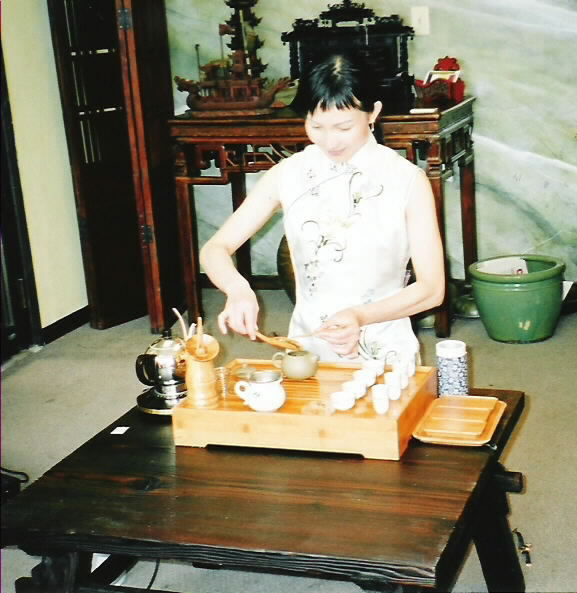 Chinese tea ceremony:
note the small size of the vessels - teapot as well as cups
Chinese tea ceremony:
note the small size of the vessels - teapot as well as cups
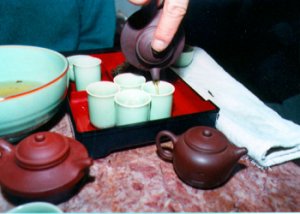 Chinese tea
ceremony with Yixing clay teapots
Chinese tea
ceremony with Yixing clay teapots
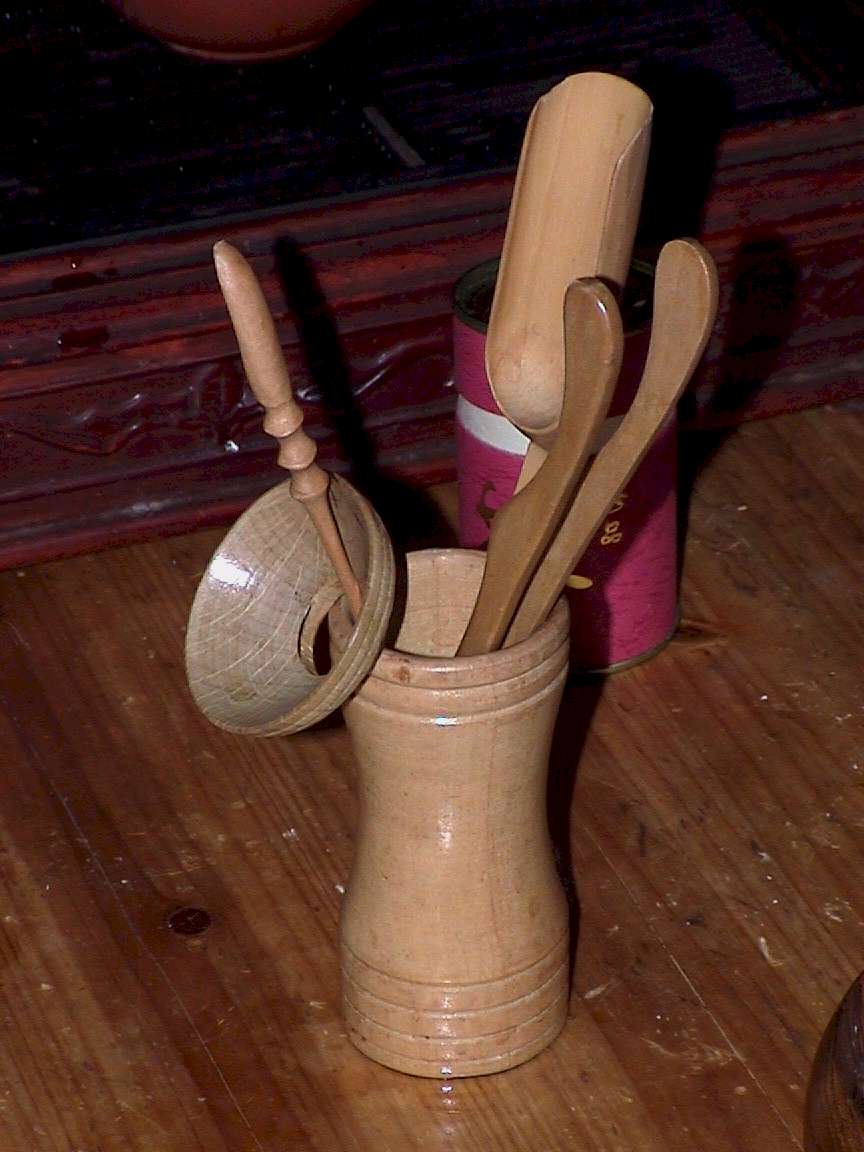 Tools for
Chinese tea ceremony
Tools for
Chinese tea ceremony
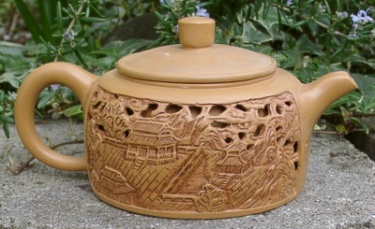 Yixing clay teapot
Yixing clay teapot
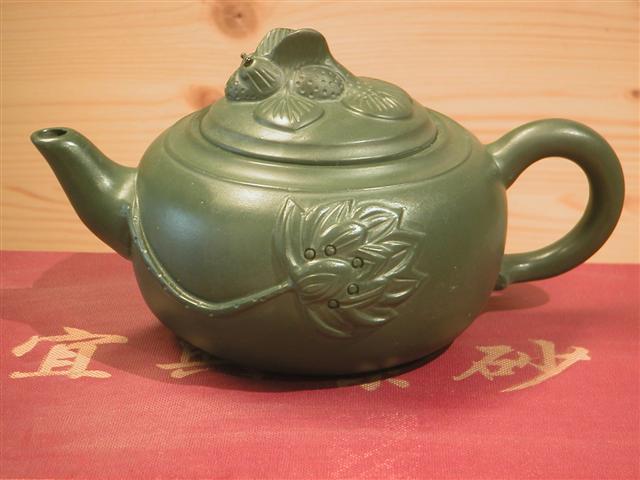
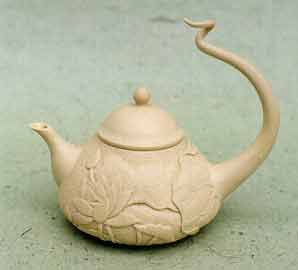 Yixing teapot
Yixing teapot
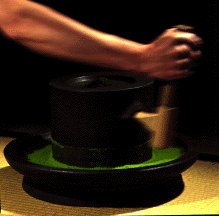 Grinding tea (for
tea used in Japanese tea ceremony)
Grinding tea (for
tea used in Japanese tea ceremony)
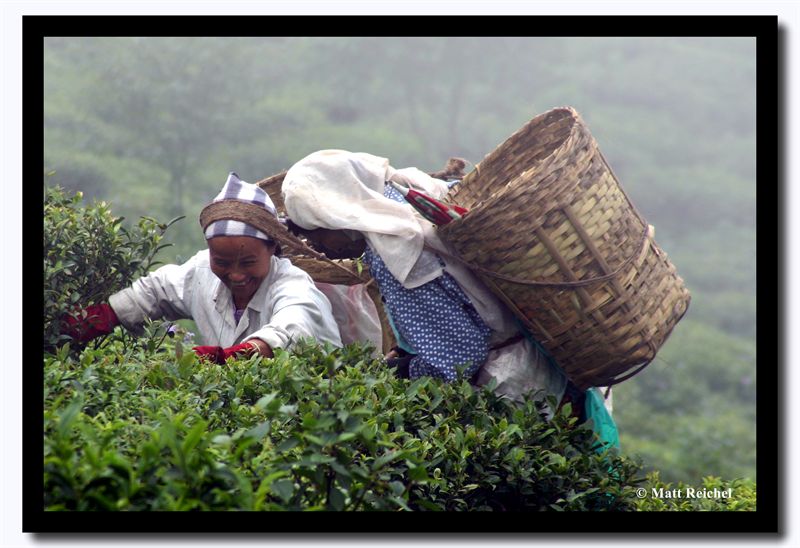 Picking tea
Picking tea
 Picking tea: note
the sandy soil
Picking tea: note
the sandy soil
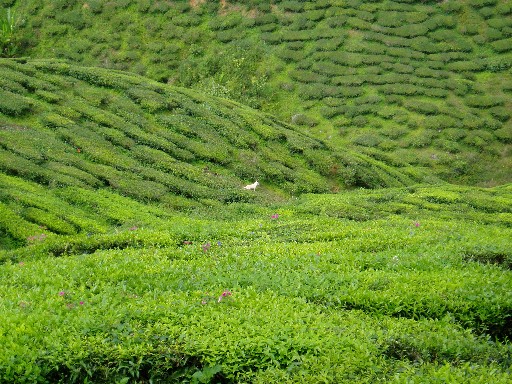 Tea plantation
Tea plantation
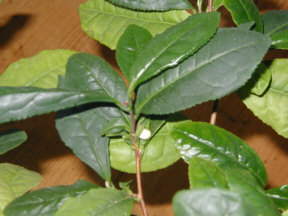 Tea plant
with bud
Tea plant
with bud
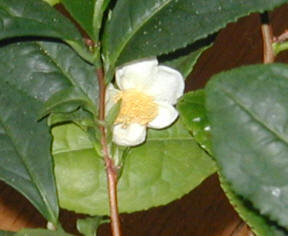 Tea plant with blossom
Tea plant with blossom
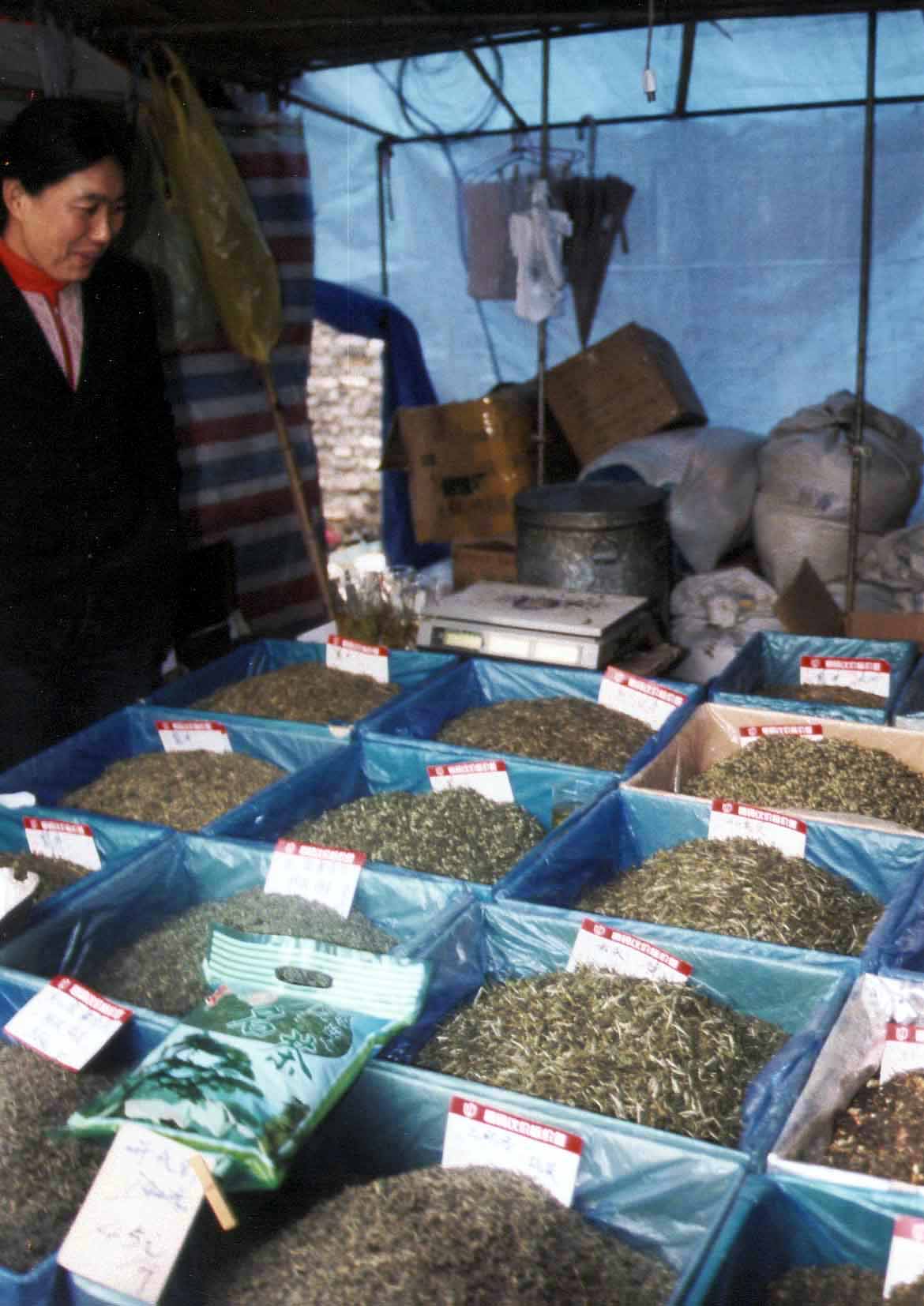 Different sorts of dried
tea
Different sorts of dried
tea
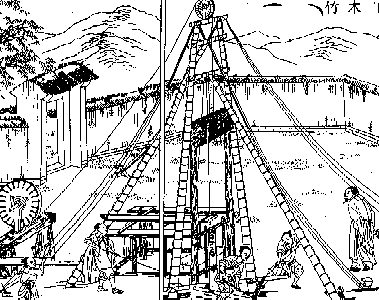 Drilling a salt well:
illustration from an old Chinese manual
Drilling a salt well:
illustration from an old Chinese manual
Course Outline
Week 1
01/04 U 1. Introduction. Feast or Famine?
01/06 H 2. The Natural
Environment, Prehistory and the Dawn of History
(
__________________________________________________________________________
Week 2
01/11
U 3. The Crucial Millenium:
Chou through Han
(
01/13
H 4. Foods from the West: Medieval
(
___________________________________________________________________________
Week 3
01/18 U 5. The Climax of Traditional Agriculture in Late
Imperial
(
01/20 H 6. Chinese Foodstuffs Today
(
___________________________________________________________________________
Week 4
01/25 U 7. Cooking Strategies, Regional and local Cuisines
(
01/27 H 8. Food as
Medicine
(
Week 5
02/01 U
9. Review
Chinese Foodstuffs
Today
02/03 H 10.
__________________________________________________________________________
Week 6
02/08 U 11. Food as medicine (Anderson, 229-243)
The qualities ‚hot’ and ‚cold’ in Chinese cuisine
(
(
02/10
H 12.
Helen Liu; C
___________________________________________________________________________
Week 7
02/15 U 13. The Chinese Art of Tea
(Blofeld;
on reserve; handout: Lu Yu: The Classic of Tea)
02/17 H 14.
Presentations
_________________________________________________________________________
Week 8
02/22 U 15. Cannibalism
(Keynotes)
02/24 H 16. QUIZ 1 : Lu Wenfu: The Gourmet (The Copy Shop;
(Booth; on reserve;
handout)
__________________________________________________________________________
Week 9
03/01 U 17.
03/03 H 18. Traditional Famine Prevention (Song Yingxing; handout)
QUIZ 2; PAPERS DUE
_________________________________________________________________________
Week 10
03/08 U 19. The Globalization of Chinese Food
(Wu, Cheung; electronic
reserve)
03/10 H 20. FILM: Eat Drink Man Woman
__________________________________________________________________________